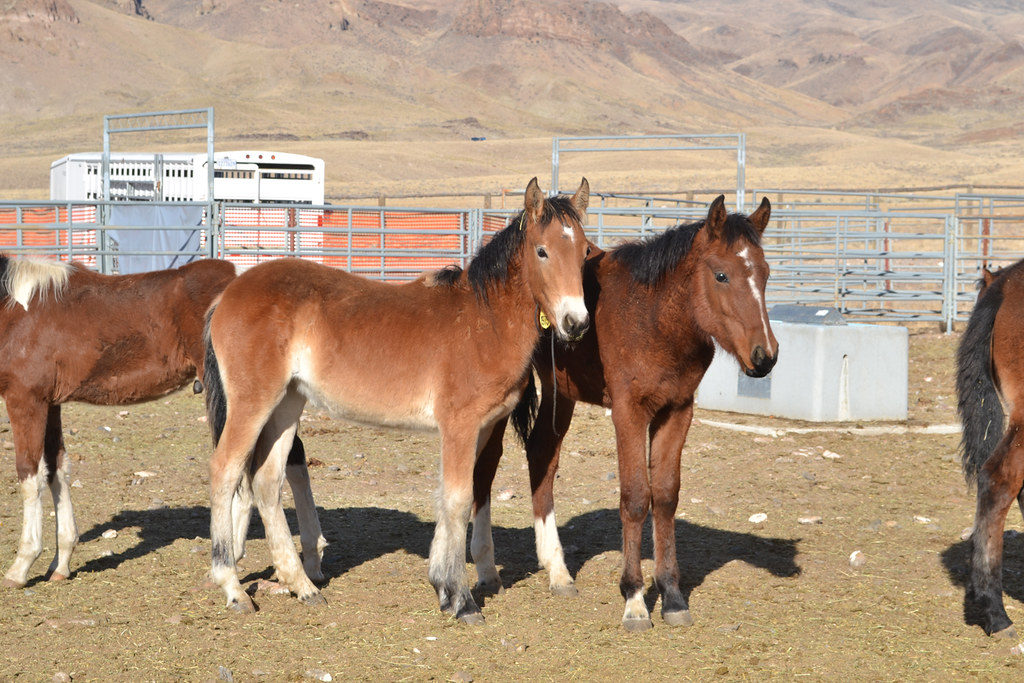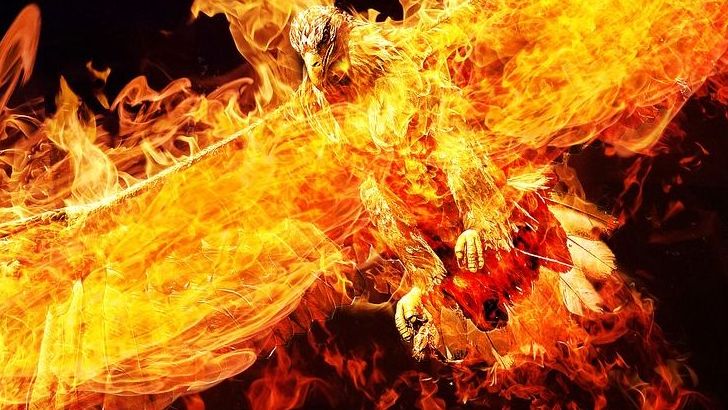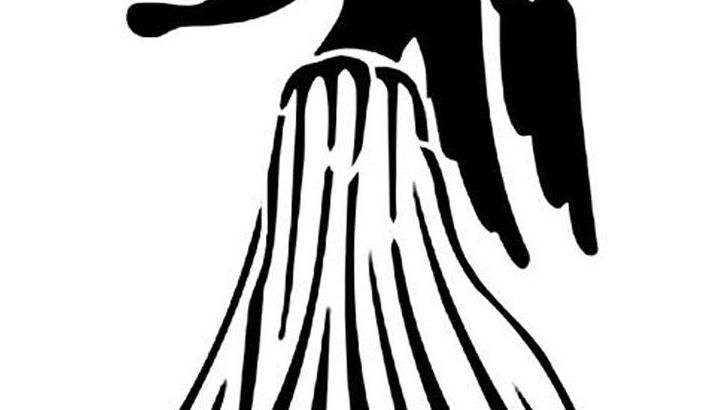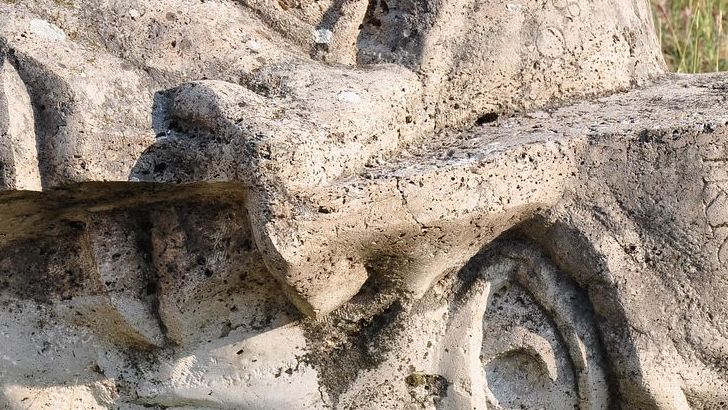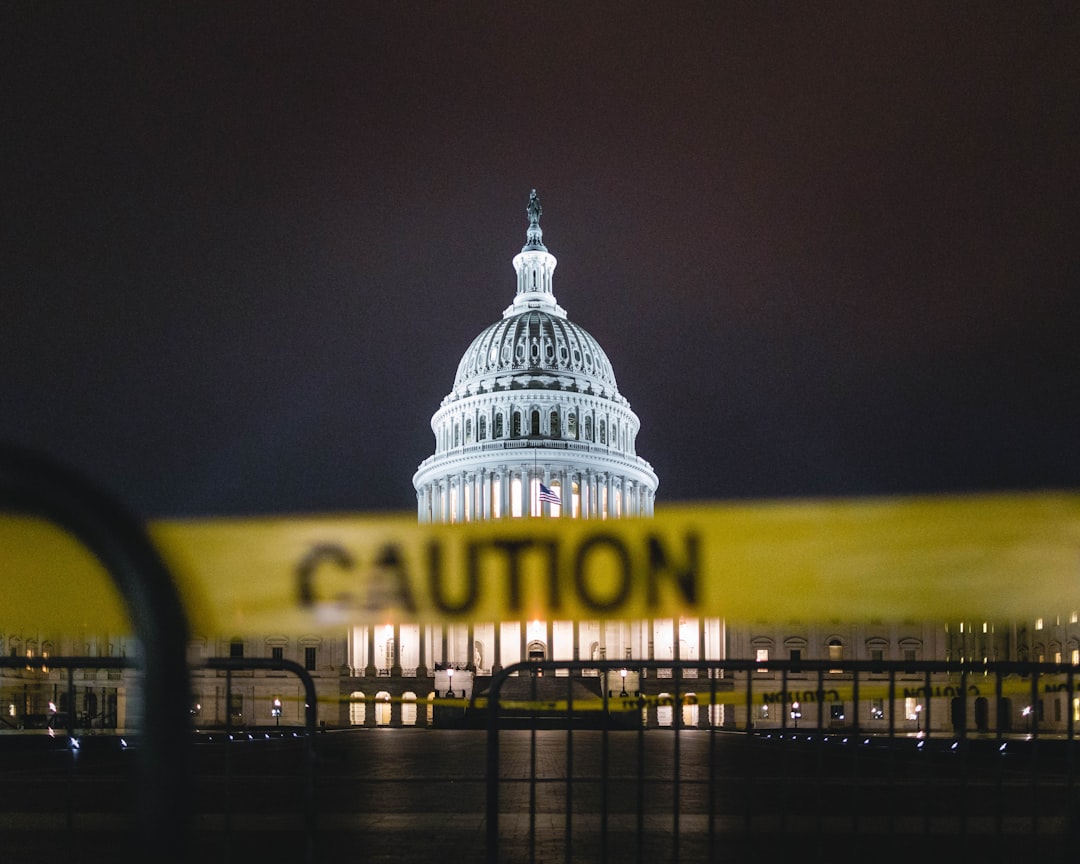America’s Last Wild Horse Haven

The Pryor Mountains of Montana harbor one of America’s most genetically significant wild horse herds, where roughly 200 mustangs roam free across nearly 40,000 acres of rugged terrain. The Pryor Mountains Wild Horse Range is a refuge for a historically significant herd of free-roaming mustangs, the Pryor Mountain mustang, feral horses colloquially called “wild horses”, located in the Pryor Mountains of Montana and Wyoming in the United States. The range has an area of 39,650 acres (160.5 km2) and was established in 1968 along the Montana–Wyoming border as the first protected refuge dedicated exclusively for mustangs. These horses aren’t just survivors of the American West – they’re living history. Because of the unique genetic makeup of the Pryor Mountain mustang herd, equine geneticist Dr. E. Gus Cothran concluded in 1992 that “the Pryor herd may be the most significant wild-horse herd remaining in the United States.”
The Spanish Legacy Lives On

What makes Montana’s wild horses extraordinary isn’t just their freedom – it’s their bloodline that stretches back centuries to the conquistadors. The herd of horses is very special because of its Colonial Spanish American heritage. This tough little horse, derived from the horses of Portugal and Spain, has been present in this rugged mountain area for nearly 200 years. These horses carry unique genetic markers that tell the story of America’s settlement. Recent genetic tests concluded that Pryor horses include a higher than average level of ancestry from New World “Spanish” breeds (saddle type horses) and related to European “Spanish” breeds, in addition to other “light racing and riding breeds.” Some of the Pryor horses carry a rare allele variant Qac that has been traced back to the original New World “Spanish” type horses – Spanish and Portuguese (Iberian) horses
Numbers That Tell a Story

Across the American West, wild horse populations paint a complex picture of survival and struggle. Nationwide population estimate: 73,130 wild horses and burros, as of March 1, 2025 marks a significant decrease from previous years. The BLM estimates there were approximately 73,520 federally-protected wild horses and burros on BLM-managed public lands as of March 1, 2024 – 9,363 fewer animals than what was estimated in 2023. This decline isn’t accidental – it’s the result of intensive federal management programs. Between 2020 and 2023, the BLM removed about 50,000 wild horses and burros. This compares to about 27,000 animals that were removed in the prior four years, 2016-2019.
The Battle for Biological Balance

Federal agencies face a seemingly impossible task: maintaining wild horses while protecting the landscape they call home. To support healthy conditions on public lands, the BLM determines what it calls the Appropriate Management Level (AML), which is the number of wild horses and burros that can thrive in balance with other public land resources and uses. Wild horses and burros that exceed AML are to be removed from the range, in accordance with the 1971 Wild Free-Roaming Horses and Burros Act, as amended. For Montana’s Pryor Mountains, this balance is particularly delicate. The Pryor Mountains are home to about 190 horses that are said to be descendants of Spanish mustangs left in north America centuries ago. In this high desert landscape, there’s not much for the horses to eat, and range managers want to reduce the herd size to about 120 horses. The harsh reality of limited resources in arid environments creates constant tension between preservation and practicality.
The Roundup Controversy

Nothing stirs emotions quite like helicopter roundups, where wild horses are chased across rugged terrain into holding corrals. CONTROVERSY SURROUNDS the gathering process. Animal-rights advocates arrived by the dozens to protest the 2009 roundup, and halted the gathering, temporarily, in a Billings court. The gatherings have drawn criticism from animal-rights advocates who say the gatherings are costly, hurt the animals, reduce genetic purity and are unnecessary. These dramatic scenes divide communities between those who see necessary management and others who view it as the destruction of American freedom. To them, the horses should be left alone as symbols of the wild, wild west. The emotional stakes run high because these aren’t just horses – they’re symbols of everything America once represented.
The Montana Solution: PZP Fertility Control

A groundbreaking approach to wild horse management comes from Montana itself, developed in the laboratories of Billings. PZP, a fertility control vaccine developed and manufactured in Billings is a humane way to manage horse populations on the range. PZP is given to female horses in the wild through an injection via remote darting. This vaccine represents hope for those seeking alternatives to traumatic roundups. With over three decades of proven use, PZP is recommended by the National Academy of Sciences for federally protected wild horse herds. It offers a humane alternative to roundups and removals, presenting the most promising strategy for managing wild horses in their natural habitat. The vaccine works by preventing fertilization without affecting hormone production, allowing horses to maintain their natural behaviors while controlling population growth.
Success Stories in the High Country

The proof of PZP’s effectiveness lies in real-world results from Montana’s own wild horse ranges. PZP has also reduced population growth in the Pryor Mountains on the Montana/Wyoming border to historic lows. This success hasn’t gone unnoticed by conservation groups working across the West. Management programs with PZP also have helped curtail and even end roundups in wild horse management areas in the West, such as the Pryor Mountains on the Montana/Wyoming border, McCullough Peaks in Wyoming and Spring Creek Basin and Little Book Cliffs in Colorado. In Colorado’s Spring Creek Basin, no mustangs have been removed since 2011, thanks to a BLM-facilitated public/private partnership for humane management of this herd utilizing the PZP vaccine. These programs demonstrate that coexistence between wild horses and land health is possible when science leads the way.
The Economics of Freedom

The financial reality of wild horse management reveals shocking numbers that few Americans realize. No, a PZP dose costs $30, and total treatment costs about $220 per horse. In contrast, the BLM spends $48,000 per horse in off-range holding facilities. The mathematics are stark – fertility control costs a fraction of what taxpayers spend warehousing captured horses. In fact, according to Kornze, the BLM’s policy of rounding up and removing, and stockpiling wild horses in holding facilities is leading up to a $1 billion crisis — the amount U.S. taxpayers will ultimately pay to warehouse thousands of wild horses for decades after the BLM has removed them from the range. Already, 70 percent of the BLM’s $80 million Wild Horse and Burro Program budget is spent on roundups and removals, while less than 1 percent of that amount is spent on long available, humane and effective fertility control.
Nature’s Harsh Realities

Life in Montana’s wild horse ranges isn’t the romantic vision many people imagine – it’s brutal and unforgiving. Altogether, there were 28 foals born during the year. Once again there was a high mortality rate for these foals. By early 2025, only 8 foals were still alive. Like in 2023, there was a high foal loss due to mountain lion predation, along with other natural factors including a possible lack of nutrition, injury, and exposure to weather. These statistics reveal the harsh truth about survival in the high country, where nature still operates by its ancient laws. The mountain lions that stalk these horses are part of an ecosystem that doesn’t recognize human sentimentality about wild horses.
The Genetic Time Bomb

Montana’s wild horses face a hidden crisis that could determine their long-term survival: genetic diversity. If lost, the herd cannot be restored; and so its biological viability, together with its history, must be preserved. It is the purpose of the PRYOR MOUNTAIN WILD MUSTANG CENTER to do just that. Small populations confined to limited ranges face the constant threat of inbreeding and genetic bottlenecks. Reversible contraception using safe, proven vaccines like PZP safeguards the population and genetic health of wild herds much more effectively than current removal practices on our Western ranges. Unlike removals, reversible contraception keeps treated mares in the gene pool and may actually extend their lives, increasing generation time and slowing the loss of genetic diversity that can occur through chance (“genetic drift”). Every horse removed from the herd represents irreplaceable genetic material lost forever.
Modern Management Plans and Ancient Lands

Federal agencies are updating their approach to wild horse management with new plans that attempt to balance competing interests. MONTANA – The Bureau of Land Management has released a proposed plan to manage wild horses on the Pryor Mountain Wild Horse Range, which spans parts of Montana and Wyoming. The plan aims to update current management strategies to ensure the health of the wild horse herd by maintaining genetic diversity. The BLM is focusing on setting goals for managing the wild horse population as well as the land, including rangelands, vegetation, and waterways, to maintain a healthy balance. These plans represent decades of learning from past mistakes and successes. The BLM also plans to implement regular horse roundups to maintain the population at the desired level over the next decade. This will be part of a long-term strategy to ensure the herd remains healthy and the land is protected.
Adoption: A Second Chance at Life

For horses removed from the wild, adoption programs offer hope and new purposes beyond the range. The Bureau of Land Management’s Montana/Dakotas Wild Horse and Burro Program held a successful adoption event May 2-4, 2025, placing 26 wild horses into new homes, including 19 adults and 7 yearlings, out of the 36 animals offered. With a 72% placement rate into private care, the event demonstrated the public’s continued interest in adopting and caring for America’s iconic wild horses. These events transform captured wild horses into beloved companions while relieving pressure on federal holding facilities. Since 1971, the BLM has adopted out more than 290,000 wild horses and burros nationwide. Each adoption represents both an ending and a beginning – the end of wild freedom but the start of a different kind of partnership with humans.
The Tourist’s Dilemma

Montana’s wild horses have become unexpected celebrities, drawing visitors from around the world to witness their freedom firsthand. These horses were made famous by documentary filmmaker Ginger Kathrens. Her films following the stallion known as Cloud from birth his birth in 1995 to adulthood have drawn visitors to the region from around the world. Tourism brings economic benefits to rural communities but also adds pressure to wild horse habitats. The irony isn’t lost on conservation biologists: the more people who come to see wild horses, the more human impact these supposedly wild animals must endure. Yet this visibility also creates powerful advocates who return home with stories that can influence policy and public opinion.
The Future of Wild Montana

The fight to keep Montana’s wild horses free represents something larger than animal management – it’s about what kind of wildness America chooses to preserve. Wild horses and burros have virtually no natural predators and their herd sizes can double about every four years. As a result, the BLM removes thousands of animals from the range each year as part of its efforts to control herd sizes. Without active intervention, these populations would grow beyond what the land can support, leading to ecological collapse and mass starvation. The question isn’t whether to manage wild horses, but how to do it in ways that preserve both their freedom and their future. Montana’s pioneering work with PZP fertility control offers a model that could transform wild horse management across the American West. As climate change intensifies drought conditions and human development continues to fragment wild habitats, the lessons learned in Montana’s mountains may determine whether future generations will witness the thundering hooves of free-running horses or only find them in history books.
What would the American West be without the sight of wild horses running free across Montana’s endless horizons?

